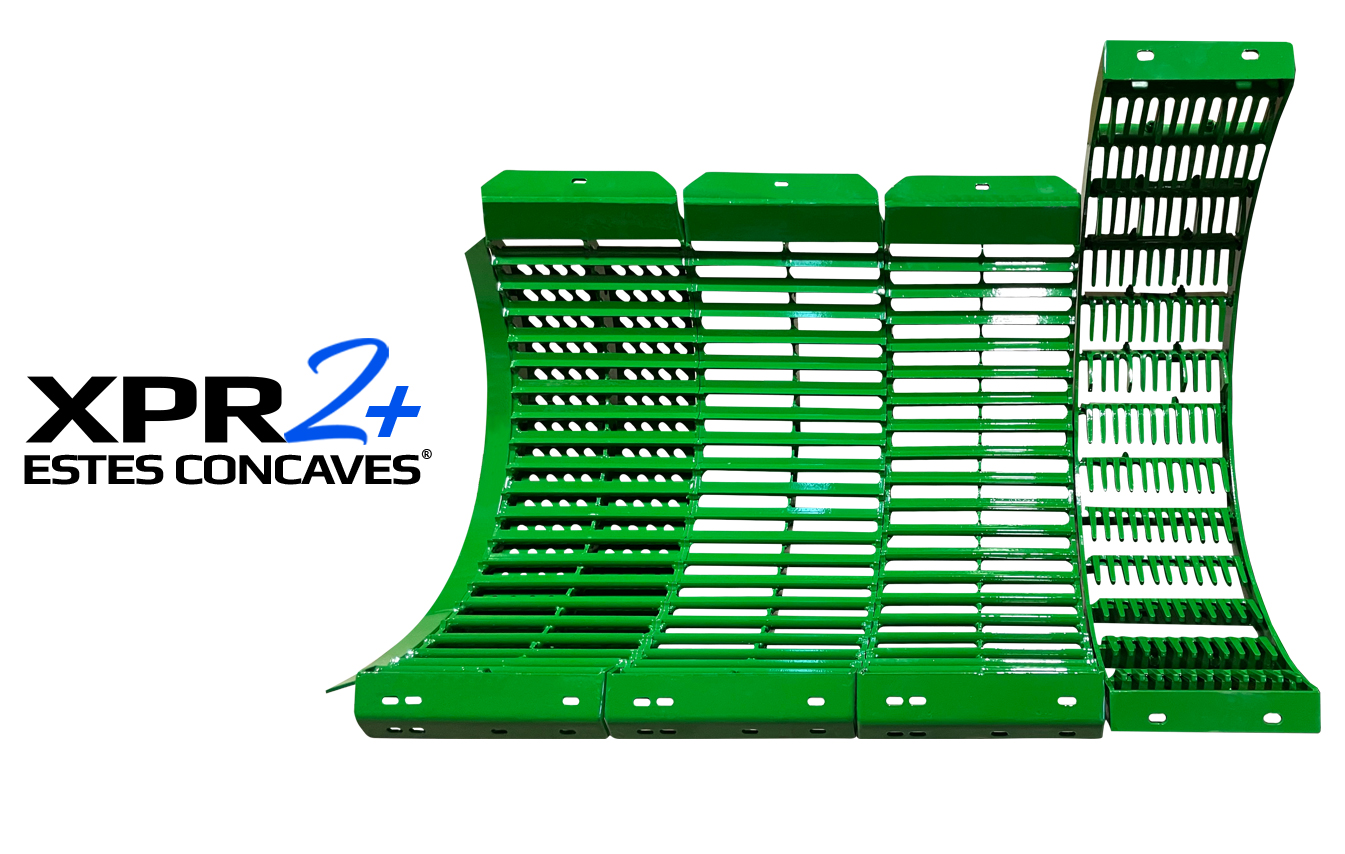Modern agriculture has seen remarkable advancements in machinery and technology, drastically improving efficiency and productivity. One such innovation that has transformed the harvesting field is the development and implementation of combine concaves. These vital components are crucial in optimizing harvest operations, especially when dealing with varying weather conditions and terrains. This article delves into how combine concaves contribute to overcoming the challenges posed by diverse environmental factors, ensuring a seamless and successful harvesting process.
Understanding Combine Concaves
Combine concaves are a fundamental element of harvesting, primarily found in combine harvesters – advanced agricultural machines that perform multiple functions like cutting, threshing, separating, and cleaning grain crops. These concaves are strategically positioned within the combine harvester’s threshing cylinder, where they play a pivotal role in separating the grain from the chaff and straw. Their design and configuration greatly influence the efficiency of the threshing and separation processes.
Adapting to Changing Weather Conditions
One of the most significant challenges faced by farmers during harvest season is the unpredictable nature of weather conditions. Combine concaves address this challenge by offering adaptable configurations that can be customized based on prevailing conditions. For example:
Wet Conditions: In damp or wet conditions, combine concaves with wider clearances can be used. These configurations prevent clogging and improve material flow, ensuring the separation of grain from moisture-laden chaff.
Dry Conditions: Conversely, during dry spells, narrower concave settings can be employed to intensify threshing and separation. This prevents excessive grain loss and ensures efficient collection.
Variable Conditions: Many modern combine harvesters feature adjustable concaves, allowing real-time modifications. Farmers can fine-tune the settings as weather conditions change, optimizing performance on-the-go.
Navigating Challenging Terrains
Agricultural fields are not uniform; they encompass a variety of terrains, each with its own set of challenges. Combine concaves contribute significantly to overcoming these obstacles:
Hilly Terrain: On sloping landscapes, grain distribution can be uneven, leading to uneven feeding and threshing. Concaves with an optimal design help maintain consistent crop flow and prevent grain loss, ensuring an efficient harvest.
Rocky Terrain: Rocks and debris can cause damage to both crops and machinery. Combine concaves, when adjusted correctly, minimize the risk of foreign material entering the threshing system and causing potential damage.
Uneven Surfaces: Concaves equipped with innovative features like vibration control and self-leveling systems help adapt to uneven surfaces, maintaining consistent threshing and separation even on undulating terrains.
Conclusion
Combine concaves stand as a testament to the remarkable strides made in agricultural technology. Their adaptive designs and configurations play an essential role in conquering the challenges posed by varying weather conditions and terrains. By offering the ability to fine-tune threshing and separation processes, combine concaves empower farmers to optimize harvesting operations and minimize losses. As agriculture continues to evolve, these innovative components will undoubtedly remain a cornerstone of efficient and productive harvests, ensuring food security for a growing global population.

